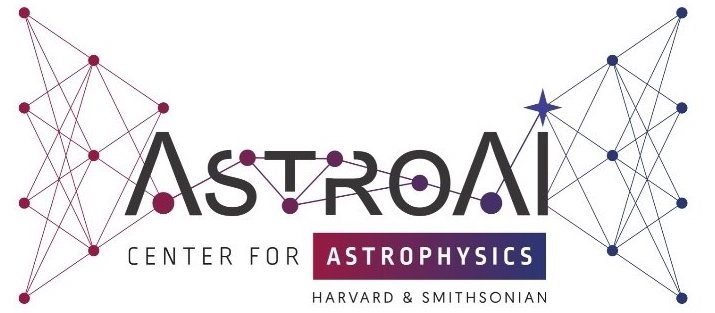AstroAI Workshop 2025
Sogol Sanjaripour
Unsupervised Learning of Galaxy SED: AGN Identification and contamination correction
Presenter: Sogol Sanjaripour
Title: Unsupervised Learning of Galaxy SED: AGN Identification and contamination correction
Date/Time: Thursday, July 10th, 11:50 AM - 12:10 PM
Abstract: Identifying active galactic nuclei (AGNs) in dwarf galaxies is critical for understanding black hole formation but remains observationally challenging due to their low luminosities, low metallicities, and star formation–driven emission that can obscure AGN signatures. Machine learning (ML) techniques, particularly unsupervised methods, offer new ways to address these challenges by uncovering patterns in complex, multiwavelength data. In this study, we apply Self-Organizing Maps (SOMs) to explore the spectral energy distribution (SED) manifold of dwarf galaxies and evaluate AGN selection biases across various diagnostics. We train a 51 × 51 SOM on 30,344 dwarf galaxies (z < 0.055, M* < 10^9.5 M☉) from the NSA catalog using nine-band photometry spanning near-UV to mid-infrared. A set of 733 previously identified dwarf AGNs, selected via mid-IR color, optical emission lines, X-ray, variability, and broad-line features, was then mapped onto the SOM.
AGNs identified by different methods occupy distinct and partially overlapping regions in SED space, reflecting biases related to host galaxy properties. BPT-selected AGNs cluster in higher-mass regions, while AGNs selected via [O I], [S II], He II, X-ray, and variability diagnostics show broader distributions. WISE-selected AGNs are strongly concentrated in lower-mass regions of the SOM, consistent with previous studies. They form two distinct clumps—one associated with bluer, starburst-like systems and the other with redder galaxies exhibiting spectral features more typical of AGN activity. This separation may help disentangle true AGN hosts from known starburst contaminants in WISE-selected samples. Our results highlight the utility of manifold learning in refining AGN selection in the low-mass regime.
